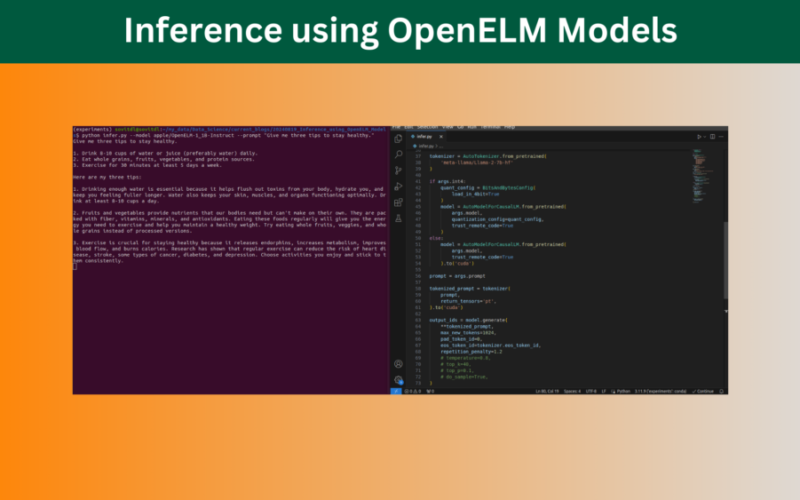Krakow-based startup DefendEye has launched what it calls the world’s first fully autonomous dual-use drone, designed to support rescue and defence operations.
Modern drones have many applications, but however, up until now, operating drones, especially in complex missions like maritime rescue, firefighting, or searching for missing persons, required highly skilled specialists.
Autonomous drones capable of performing these tasks independently and without time-consuming configuration open up new possibilities, enabling faster, more efficient, and safer operations.
DefendEye’s drone not only flies autonomously but also carries out assigned missions. The drone has no remote control and all its control is made by onboard AI, making it highly effective in defence and rescue operations and in civilian applications such as agriculture and infrastructure inspection. Its built-in AI can identify a human from above much faster and more accurately than any human can.
The drone requires neither any configuration nor specialised skills to operate. It can autonomously take off, scan the area, identify and track humans, and then land safely.
By identifying humans from above, it helps the operator instantly understand where humans are by looking at the live video feed with labels and markers, from the drone.
This takes the guesswork of viewing an aerial image from an altitude, and trying to identify if there is a person or its a tree with similar shape.
The DefendEye team has also created a dedicated Launch Tube, compact enough to be easily carried in a backpack or installed on fixed elements such as fences or buildings.
Integrated with motion sensors, the launch tube can automatically deploy the drone when it detects movement or the presence of a human within a 20-50 meter range, ensuring immediate response without human intervention.
This makes it ideal for perimeter security, border control, and crisis situations.
Additionally, unlike other manufacturers, DefendEye has designed its own flight controller, enabling AI to control flight operations fully. This high level of autonomy, combined with using low-cost, biodegradable, and eco-friendly materials, guarantees affordability and broad functionality.
Despite its low production cost, the drone is equipped with a range of advanced features, including a night-vision camera and an AI system, allowing it to detect objects or people from heights of up to 100 meters.
Once a person is located, the drone can automatically follow them and provide real-time data.
“Its full autonomy, including takeoff, offers a wide range of applications and, most importantly, eliminates the need for hours of training or the involvement of skilled pilots,” comments James Bucheim, co-founder and CEO of DefendEye.
“It is very hard for any human to identify other humans from above, even a trained operator would have a hard time identifying humans.
Our built-in AI makes it so easy and fast that anyone watching the live video would understand the location of humans.
Once the drone locates a person from above, it can automatically track them and provide real-time data, making it invaluable in military operations and sea rescues or searches for missing persons in wooded areas.
The combination of built-in AI and a simple yet smart launch system creates a new ecosystem in the drone space, allowing us to find people faster, cheaper, and more efficiently.“
DefendEye is currently in the process of closing its first funding round which will allow the company to significantly ramp up production and fully enter the global market.
In the coming years, drones –- particularly those operating autonomously and carrying out assigned missions –- will play a pivotal role across many sectors.
Lead image: DefendEye. Photo: uncredited.
Source link
lol

